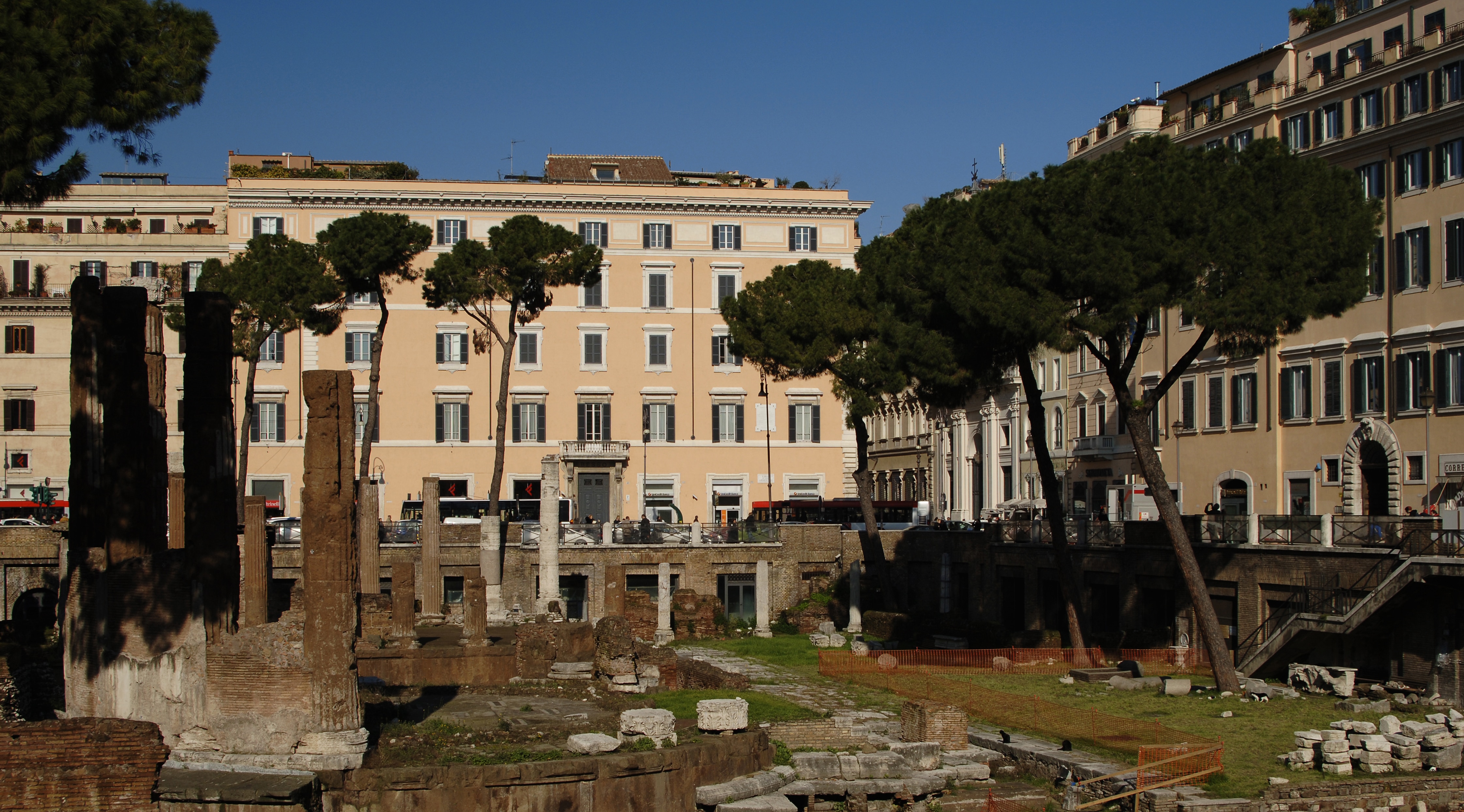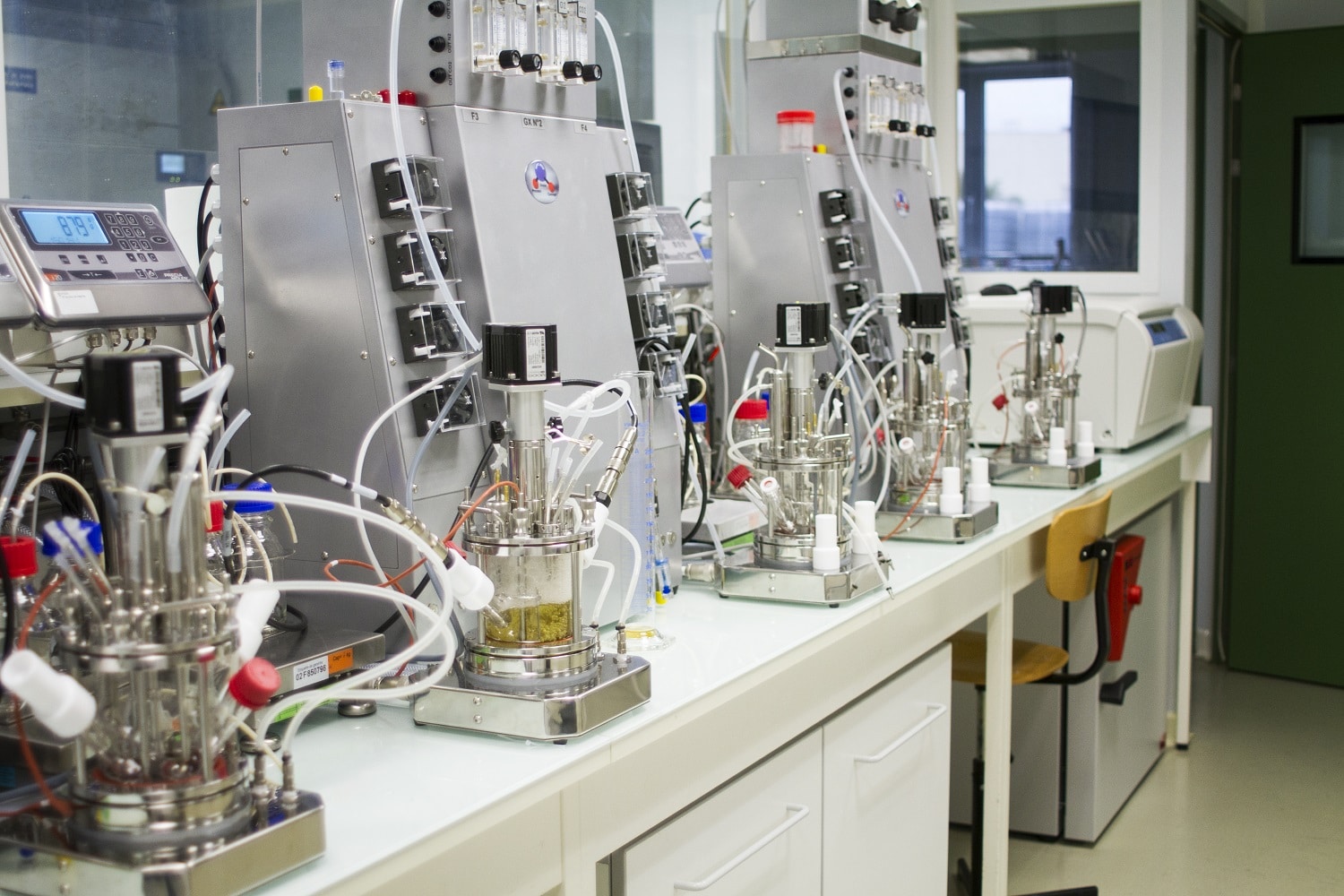[vc_row njt-role-user-roles=”administrator,armember”][vc_column][vc_column_text]
Announced a few weeks ago, the opening of the Largo di Torre Argentina archaeological site in Rome to the general public is close, and for the first time thanks to a €1 million project sponsored by luxury jeweller Bvlgari. Work is due to start in mid-May 2021.
The news was announced by Jean-Christophe Babin, CEO of Bvlgari, and Virginia Raggi, Mayor of Rome, who said the project would offer visitors a “journey through time”.
“This is one of the most evocative places in Rome, a treasure chest in the heart of the city,” the mayor wrote on Facebook. “Imagine, this archaeological complex houses four temples dating from between the third and second centuries BC.”
A major project for a prestigious site
The company Biagioli Srl will be in charge of the works. According to their estimates, the restructuring of the historic site will begin in mid-May and will last one year.
The Italian luxury brand has donated almost one million euros to the city in order to redevelop this open-air museum in an entertaining and instructive way.
“The start of work on the sacred area of Largo Argentina marks a new and very important moment in our always positive collaboration with Roma Capitale and the Superintendency to enhance the historical and artistic treasures of the Eternal City. Since its discovery, this jewel has been visible to Romans and tourists for years without being fully admired and appreciated. We are proud to contribute to a project that brings this place closer to our eyes, allows us to know its history and discover its details. The sacred space will finally be brought back to the centre of Rome’s cultural life, as it was centuries ago in the Republican era. “said Jean-Christophe Babin.
The work will make the site accessible for the first time “in a complete and definitive way” according to the Mayor of Rome. Until now, people were used to looking at the ruins from the street, “as if from a balcony.”
The work will be carried out in two stages: the restoration of the remains on the archaeological site and the insertion of elements that will make the exploration of the sacred area accessible to all visitors.
The composition will be divided into several spaces, on the one hand the Papito tower which will house both the ticket office and part of the exhibition. This arrangement will be optimised by vertical and horizontal walkways, placed in the heart of the archaeological area.
On the other hand, the walkways built at different heights will give visitors the opportunity to observe the excavations and discoveries made between 1926 and 1930.
The route will be organised chronologically with a series of panels highlighting the historical development of the site.
The elevated paths will allow a close-up view of the four Roman Republican temples, including the circular monument to the goddess of Fortune, and the remains of Pompey’s theatre.
Tourists and visitors will also be able to admire the remaining terracottas and fragments of the statues.
Rome and Bvlgari, an old collaboration
This is not the first time that Bvlgari has invested in projects in the Italian capital: in 2016, the luxury jeweller financed the restoration of the Spanish Steps to the tune of 1.5 million euros.
More recently, it made a significant financial contribution to the new lighting system that illuminates the Ara Pacis Museum and its ancient altar.
Bvlgari is also carrying out work in Piazza Augusto Imperatore to transform a landmark building in the square into a 5-star hotel.
In addition, Bulgari will open another five-star hotel in the centre of Rome, located in a rationalist-style building designed by Vittorio Ballio Morpurgo and built between 1936 and 1938. It is expected to open next year.
Read also > LVMH WATCH WEEK 2021 : A LOOK BACK AT BVLAGRI’S MASTERPIECES
Featured Photo : © Gettyimages[/vc_column_text][/vc_column][/vc_row]








